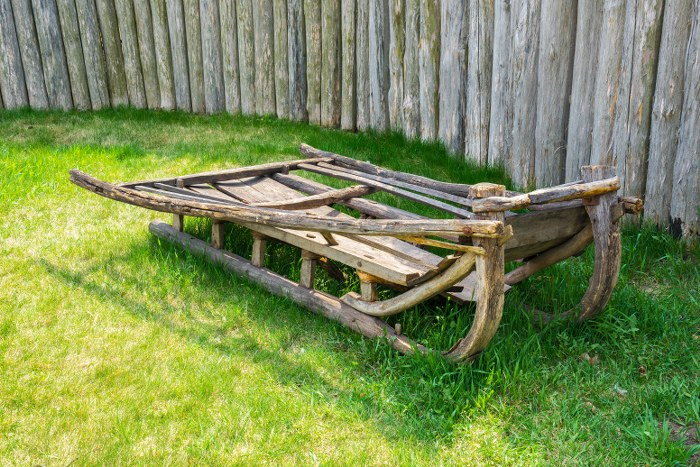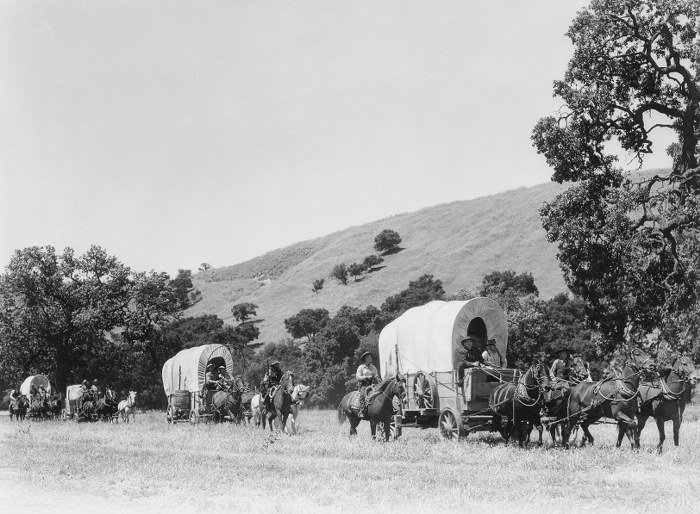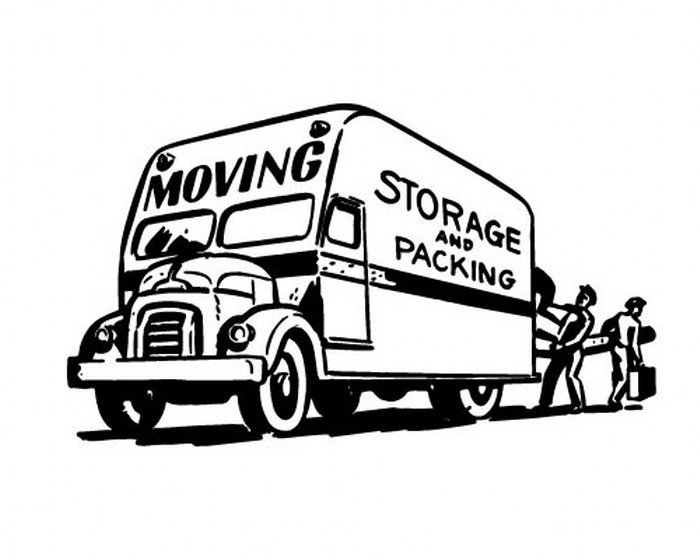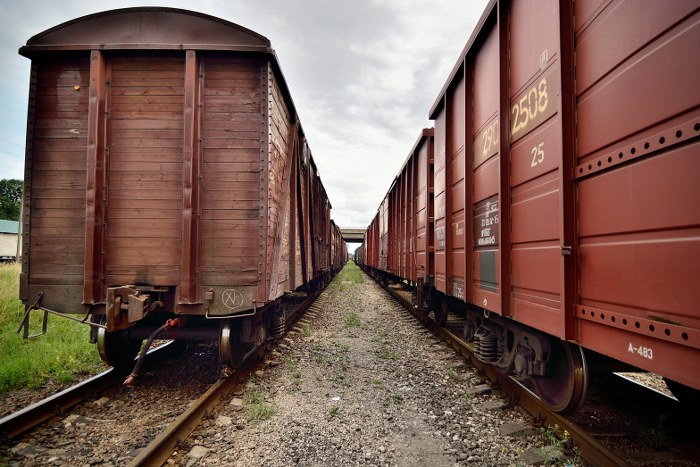The History of the Moving Industry
Posted on 25/09/2024

Most people presently associate moving companies with the professional man and van teams that can come over to pack, load and transport your belongings to a new address of your choosing. It hasn’t always been that easy, however, in spite of the fact that moving is a deeply ingrained human trait.
Moving in ancient times was largely impaired due to the lack of the wheel technology. Nomadic people built sled-like structures to be dragged along by horses or by multiple men. This practice slowly came to a halt as tribes began to switch from nomadic type of life to settling down and forming more permanent and immobile communities. With the invention of the wheel and the further designs of wagons and carts, people gained the ability to execute removals over long distances. That is what sparked great migrations.

One of the first instalments of the home moving business was in the USA. With colonists and newcomers seeking their fortunes on the continent, it became a common practice to move household belongings in covered wagons. It is safe to say that these were the prototype versions of the modern removal van.

Still, it wasn’t until the World War I that the first removal companies began to appear. This was largely a result from the development of railways and the fact that it was convenient for small scale movers to have their warehouses near major railways. Large part of the so-called moving firms had in fact other business and only moved people’s belongings as an extra service provided occasionally. This practice changed with the founding of the first company dedicated to moving by Ward B. Hiner. He figured it would be far more cost-effective to move items by a motorised van (thus the origination of the term man and van company) than by train. This set the base upon which the industry further expanded, largely aided by the efforts of the government to limit the dependence on railroads as means of relocating goods and people.

As more and more companies emerged on the market, it became clear that the industry was quite fragmented. There were some problems with this, as drivers that carried out interstate orders had to either postpone the execution of their errands till they could fill an entire truck full of items, or carry out a very small order over great distances. The negative outcome was directed to customers, who would pay the moving company a lot, or delay transportation of their goods. Cooperation contracts began to take place and soon enough the industry was intertwined unto itself.

World War II put the industry into a setback, as train carts were once again the only usable form of removal. However, once the war was over, profits once again spiked up with the return of many soldiers who wanted to move back home and turn to domestic life. Some of the companies that blossomed back then are still present today!

The moving industry has grown significantly since then. Millions of people move from one place to another each year, contributing to man with van companies grossing huge profits each year. Continuous fragmentation of the industry still takes place, however. Small to medium sized companies dominate the market, as people have become used to relying on flexible and easily scheduled removals. The delineation between local movers and companies that specialise in long-distance moves is clear and there is plenty of competition going on.

The moving industry has gone through quite a lot since its origination in ancient times. Much like in the past, it continues to move forward, getting people moved from one place to another along the way.









